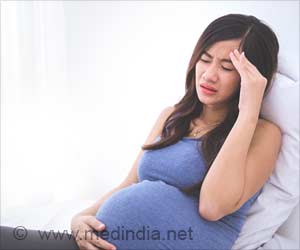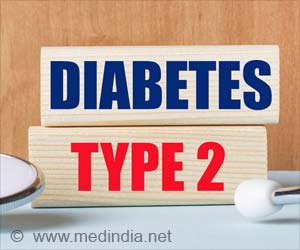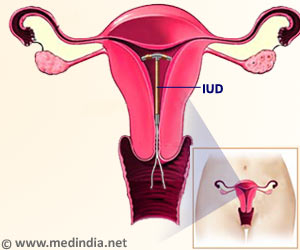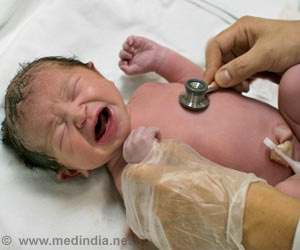Pre-eclampsia, an extremely undesirable condition in pregnant woman, poses a grave threat to both mother and child. The condition is said to claim the lives of nearly 600 babies each year in Britain.
Pre-eclampsia, an extremely undesirable condition in pregnant woman, poses a grave threat to both mother and child. The condition is said to claim the lives of nearly 600 babies each year in Britain. Now, scientists have devised a new diagnostic evaluation for pregnant women, capable of detecting the condition early and saving lives.
The research team from University College London said that the presence of a particular protein in the urine of a pregnant woman is an indication of the woman’s propensity to develop pre-eclampsia.Pre eclampsia is a condition in which a defective placenta causes the blood pressure to rise abnormally leading to complications and kidney problems in the pregnant mother. Most often, the symptoms do not manifest early in the pregnancy, leaving women with very little choice, other than a premature delivery.
During the study, researchers examined the urine of 27 women who developed pre-eclampsia and 47 others who did not develop the condition. The tests revealed that a particular protein called inositol phosphoglygan P-type was markedly higher in women who developed the condition. The researchers went a step further suggesting that the protein could be the contaminant in the system, triggering the condition. If that is the case, then treatment measures could be directed to quash the effects of the protein, saving women and their babies from difficulties.
Professor Thomas W Rademacher from UCL said: “Being able to predict the onset of this disease has been the single greatest challenge in obstetric medicine. Pre-eclampsia is the most common of the serious complications that can occur during pregnancy. This means that by way of a simple urine test during pregnancy, we can identify which women are most at risk of developing the condition.”
Source-Medindia
SAV





